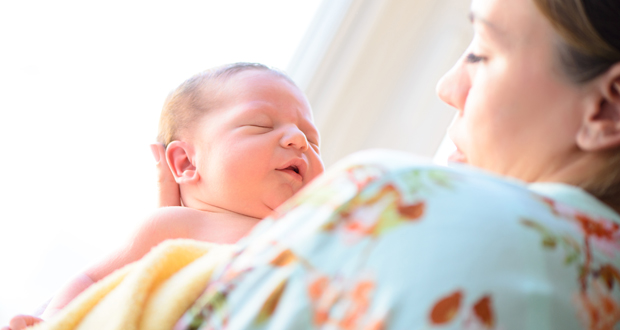While the benefits of caseload midwifery for women are well documented, there has been debate regarding the impact of this model of care on midwives – including suggestions that it increases burnout.
But a new Australian study has revealed that midwives providing this activity-based care (as opposed to doing shift work under traditional models) had a more positive attitude to their work and lower burnout scores than their counterparts who weren’t.
The La Trobe University researchers surveyed more than 500 midwives from 111 hospitals in Australia.
Study co-author Dr Michelle Newton said they found no evidence to support the notion that midwives are burned out from caseload work.
“When we look at what midwives tell us, they find adapting to the different work sometimes challenging – particularly in juggling their personal life and their work life and how they make that transition when they're on call so much – but they find that the type of work is so rewarding that they're not experiencing burnout.”
The research team used the Copenhagen Burnout Inventory to measure client, personal and work-related burnout. In all aspects, particularly the client subscale, midwives working in caseload returned low scores.
Newton said that while some midwives might find working under a caseload model challenging, as they need to structure their work around the woman’s needs, they still see a lot of benefits.
“The consistent message we've heard from midwives who are working in this way in this study, and also previous studies, is that they feel that they actually can make a difference to the woman, that they actually really get to know the women that they care for because they build a relationship up over time.
“In doing that, it's actually more satisfying for them and they feel that it's probably more satisfying for the women as well,” she said.
Currently, only around 8 per cent of women receive caseload care in the Australian public maternity system.
The study's authors said: “Given the benefits of caseload for women and their infants, and the benefits for midwives found in this study, policy-makers and health care providers should focus on how the caseload model can be expanded to provide increased access for both women and midwives."
Newton added that while access to a continuity model might be difficult due to the size and location of services, as well as the availability and willingness of staff, her research has shown that there is a diversity among models. “They can be very effectively integrated into a range of models of care for women."
She said caseload models are always popular, with fewer places available than women seeking them in areas they have been rolled out.
“Let's increase availability,” Newton urged. “It's good for women. It's good for babies. This study has indicated it's also good for midwives.”
Do you have an idea for a story?Email [email protected]
 Nursing Review The latest in heathcare news for nurses
Nursing Review The latest in heathcare news for nurses

